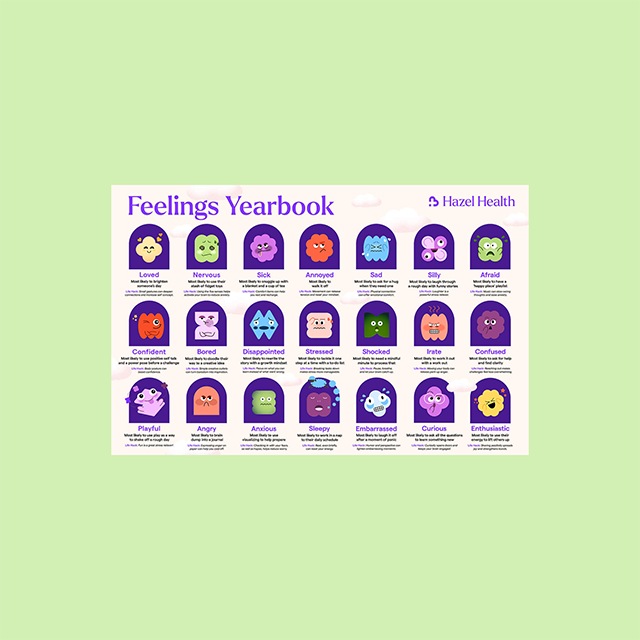Recursos
Centro de recursos
Artículo
Consejos útiles para facilitar la transición de la vuelta a la escuela
Cuando los estudiantes vuelven a la escuela, es importante proteger su salud física y mental para que puedan aprender lo mejor posible.
Únase a la lista de correo de Hazel
¡Ups! Se produjo un error al enviar el formulario.

Crear una cuenta o iniciar sesión
Brindamos a cada joven la atención que necesita.
Crear una cuenta o iniciar sesión
















.png)
























